Teaching Science, Virtually
Last year, like every year before, Mr. Moore used visuals to explain scientific principles. One of his favorite experiments is the Newton’s Law experiment with the fire extinguisher. “I’ve been doing this experiment for 29 years, and every time it is just like I’m doing it for the first time,” Moore said. With schools all virtual in AAC, this type of teaching has been adjusted.
November 10, 2020
As the world moved to a virtual environment, it posed some challenges for teaching hands on materials, like science experiments, to students. Teachers in the science department have had to adjust their curriculum and way of teaching in order to teach content meant to be in a live classroom.
Mr. Moore, Science Department
Mr. Moore said that digital teaching is extremely challenging. To adapt to online learning, he has attempted to simulate experiments through different means. One method Moore has used is, providing the data of an experiment and asking his students to process it and turn it into a lab report. Another method of doing experiments through online learning that Mr. Moore has utilized is, asking his students to use materials found at home to perform an experiment, and process the data for a lab report; however, he said that he does not get the chance to do this as much as he would like, as students do not have access to necessary physics equipment, such as, “photogates, motion detectors, force sensors, calibrated masses, pulleys and tracks, etc.”
Mr. Moore also uses digital simulations to try and maintain the place of experiments in the science classroom, but he said that these experiments do not provide the same experience that ones performed in the real world do. The final way that he attempts to keep experiments in the science classroom is through demonstrations on his end; however, he is uncertain how much of the experiment is truly captured, as he usually must stand around eight feet away from the camera.
Mr. Perry, Science Department
Mr. Perry said that instead performing the experiments, he often uses digital representations, such as a virtual flame test. He also performs experiments on his end and asks his students for the calculation, a method that Mr. Moore also utilizes.
In the future, there are no plans to better integrate experiments into the digital classroom, due to equity issues associated with the equipment; however, if we are to come back into the building, it is planned that the flame experiment for chemistry will be done first.

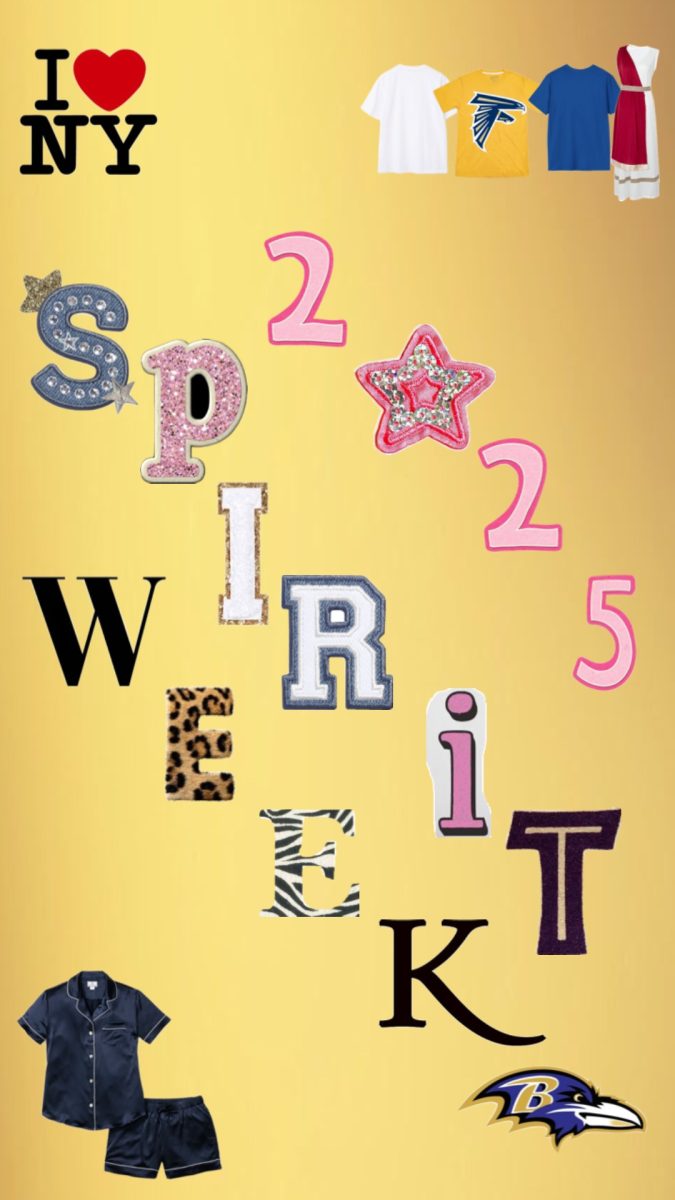
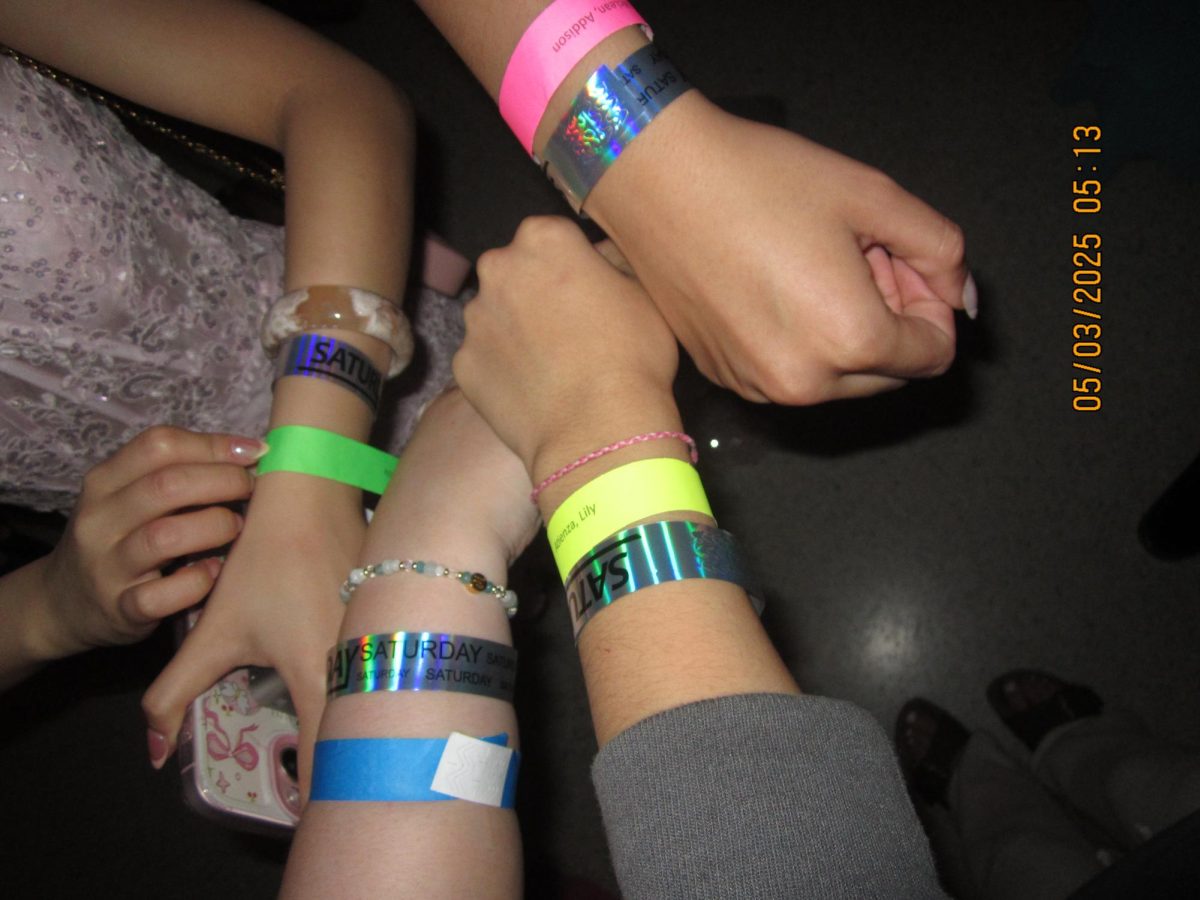
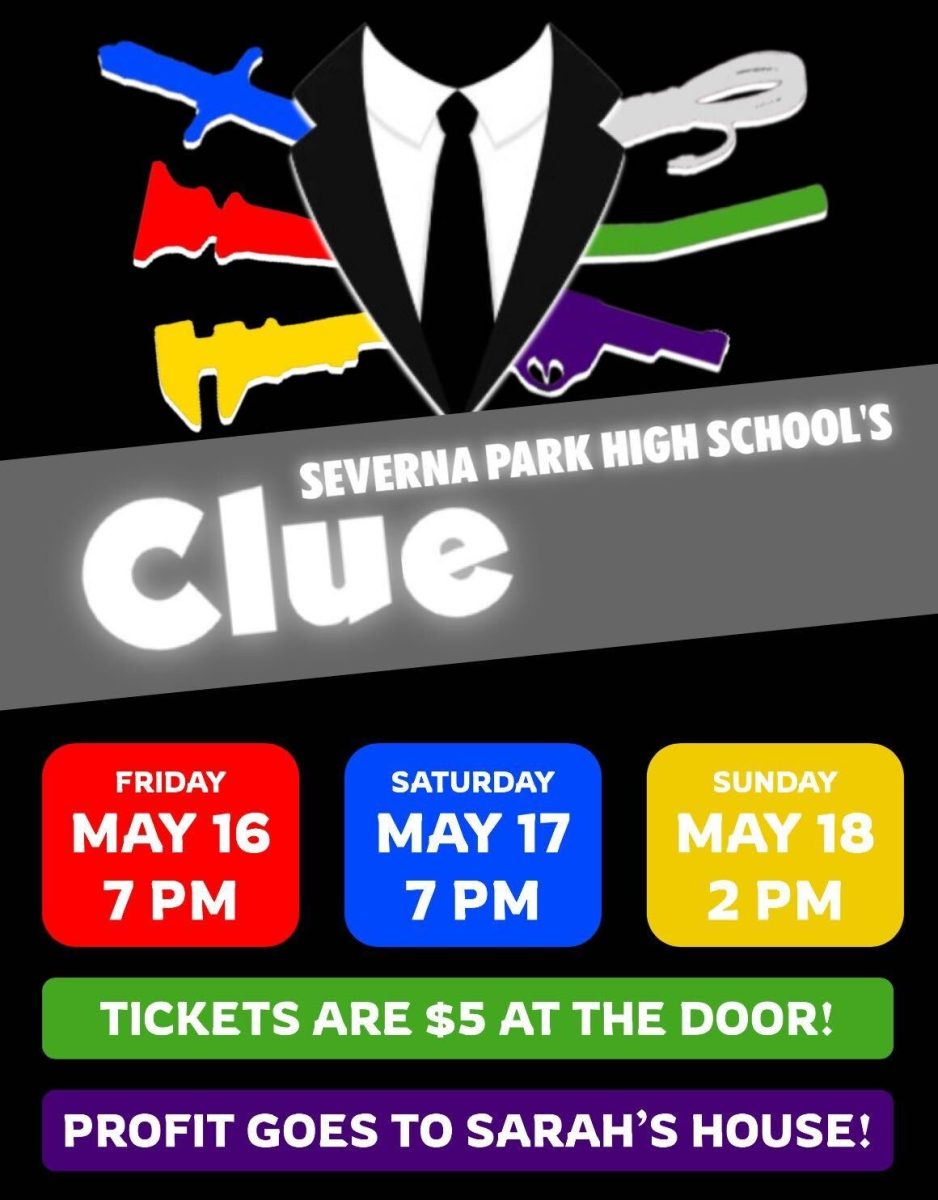
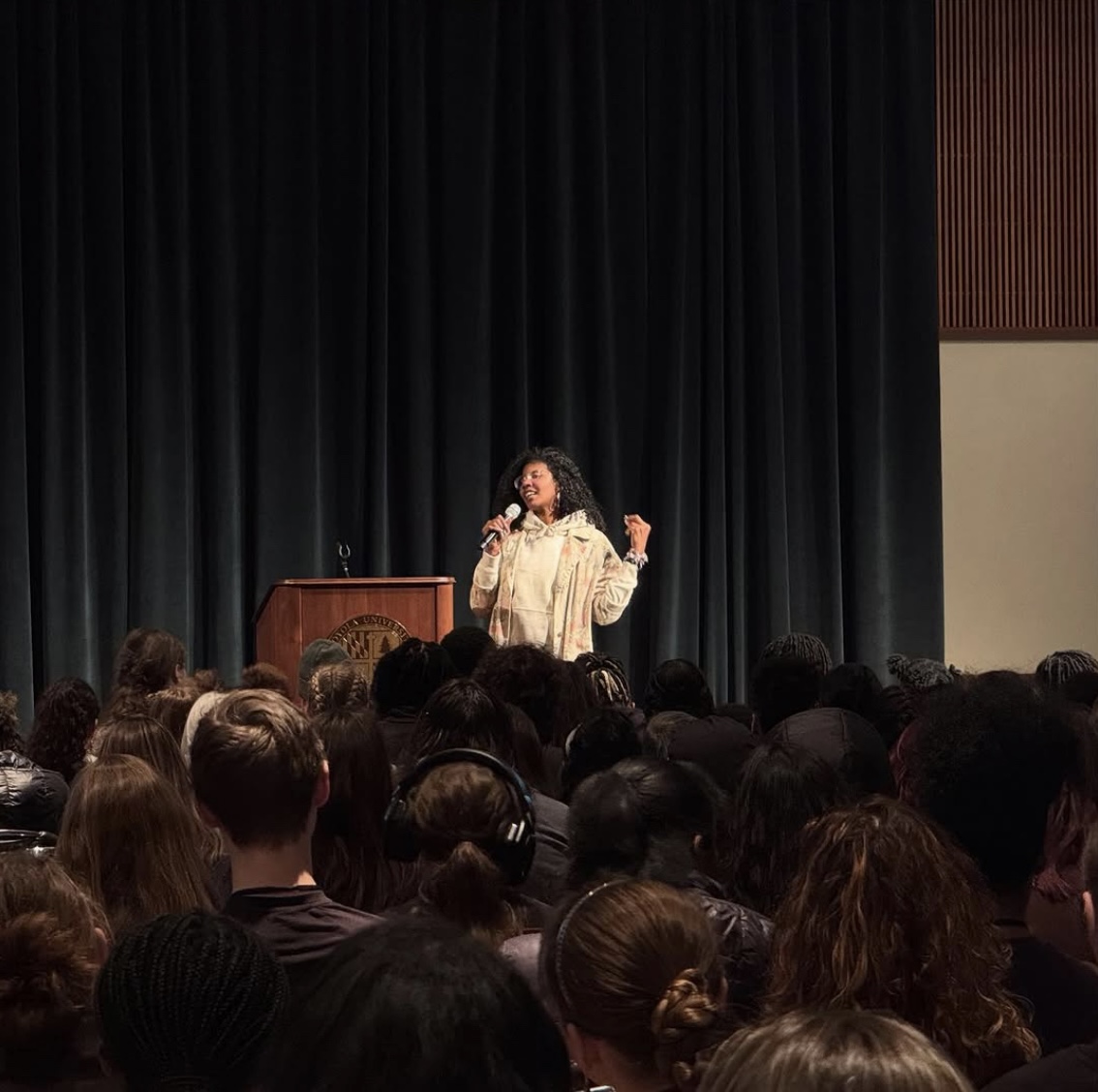


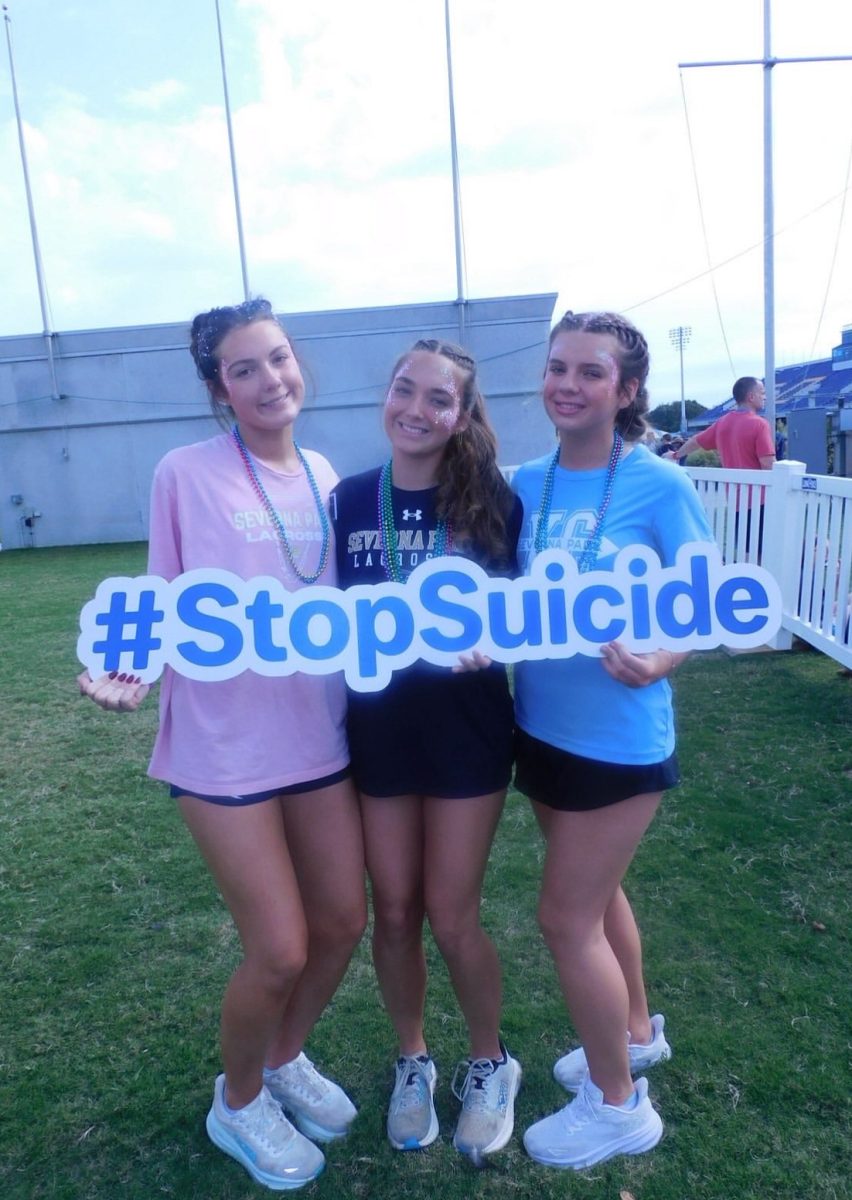
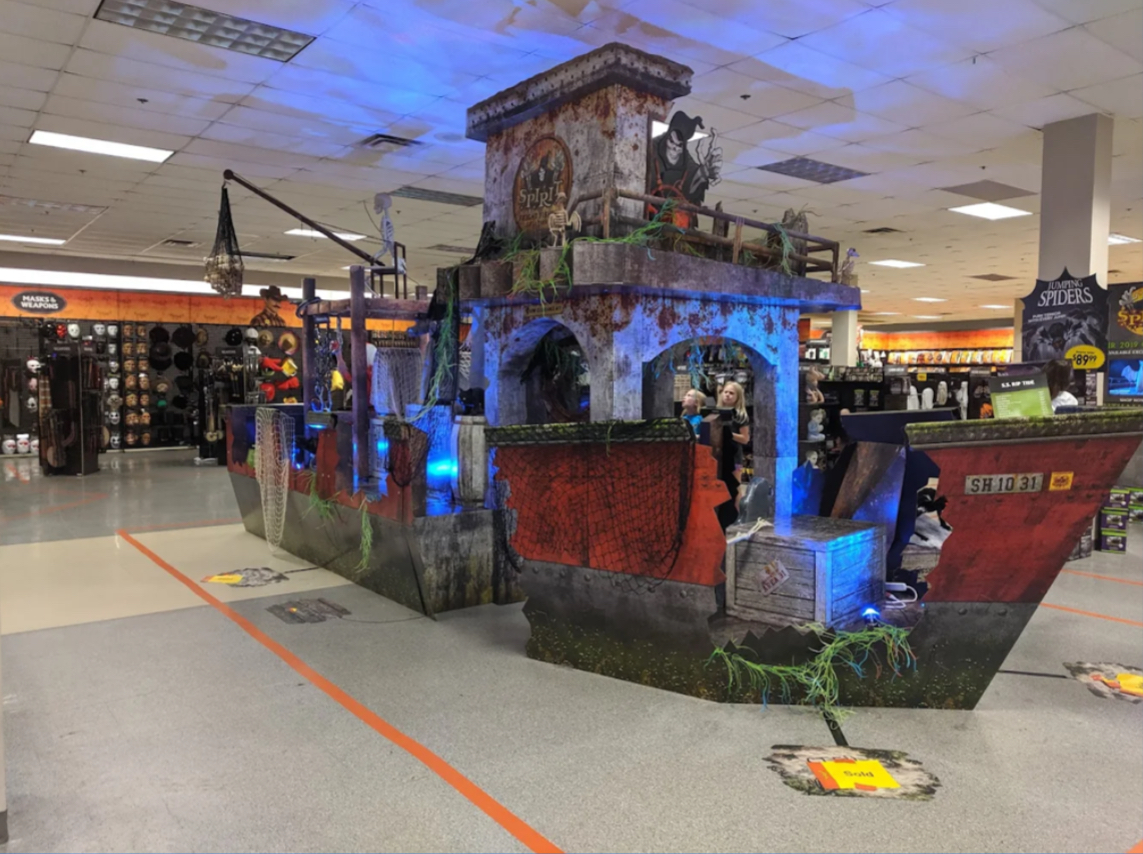
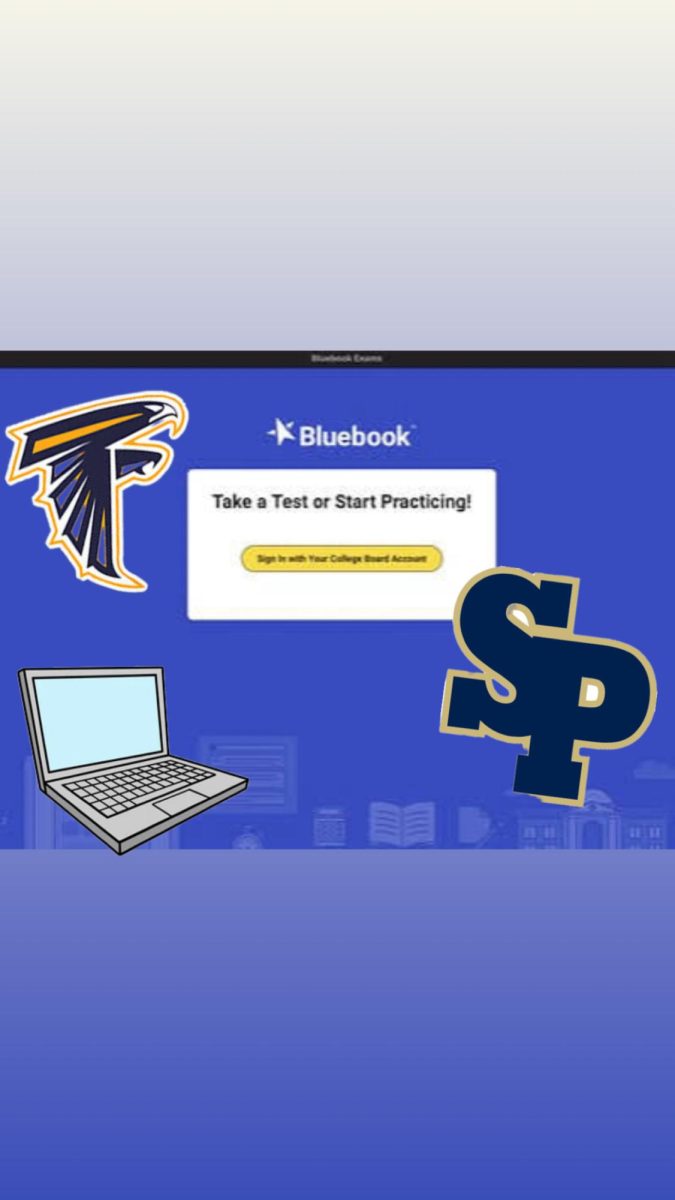
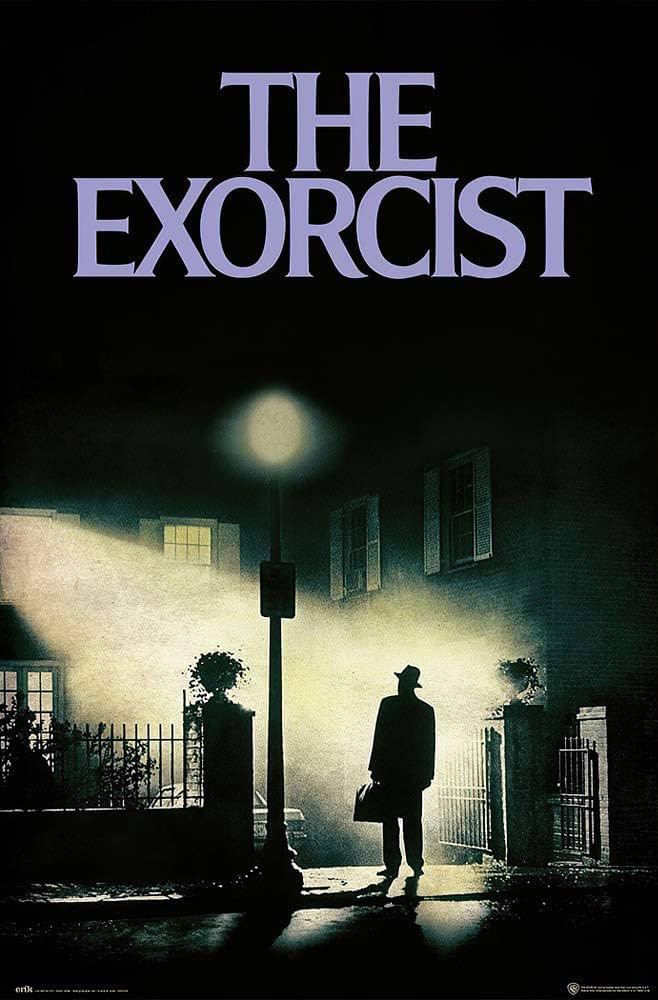
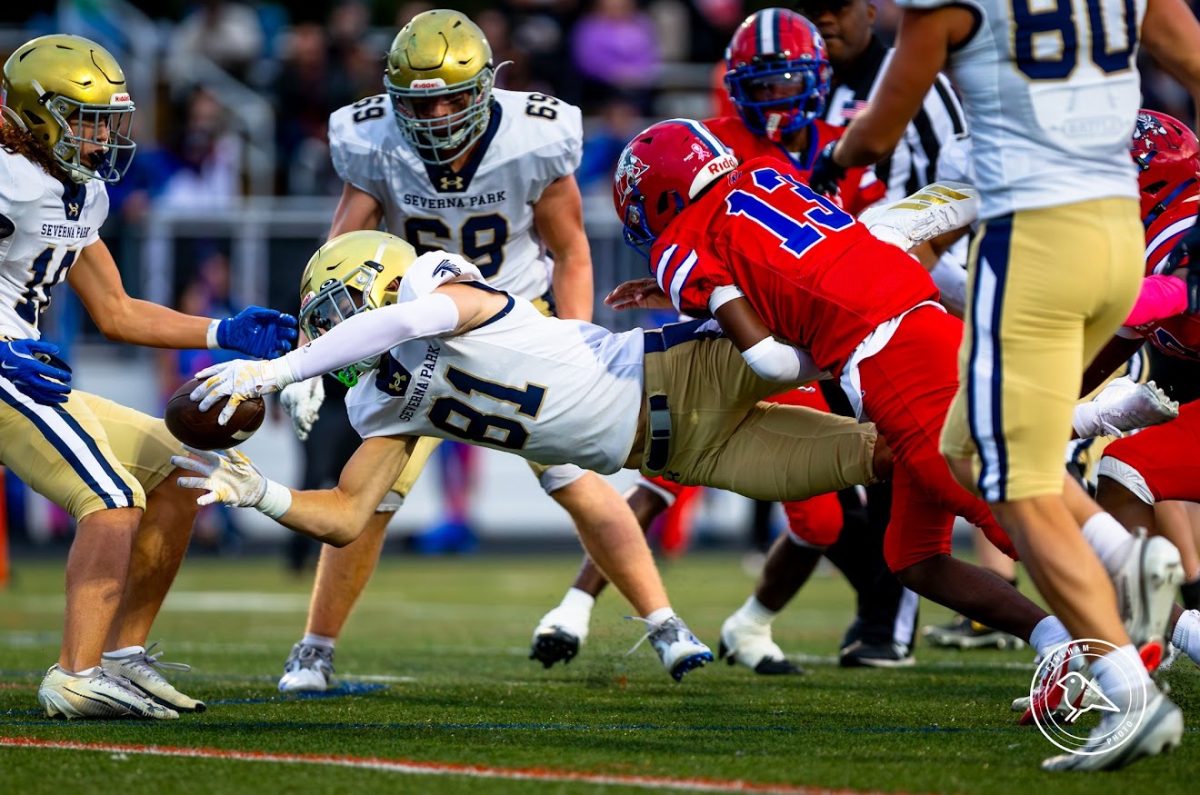



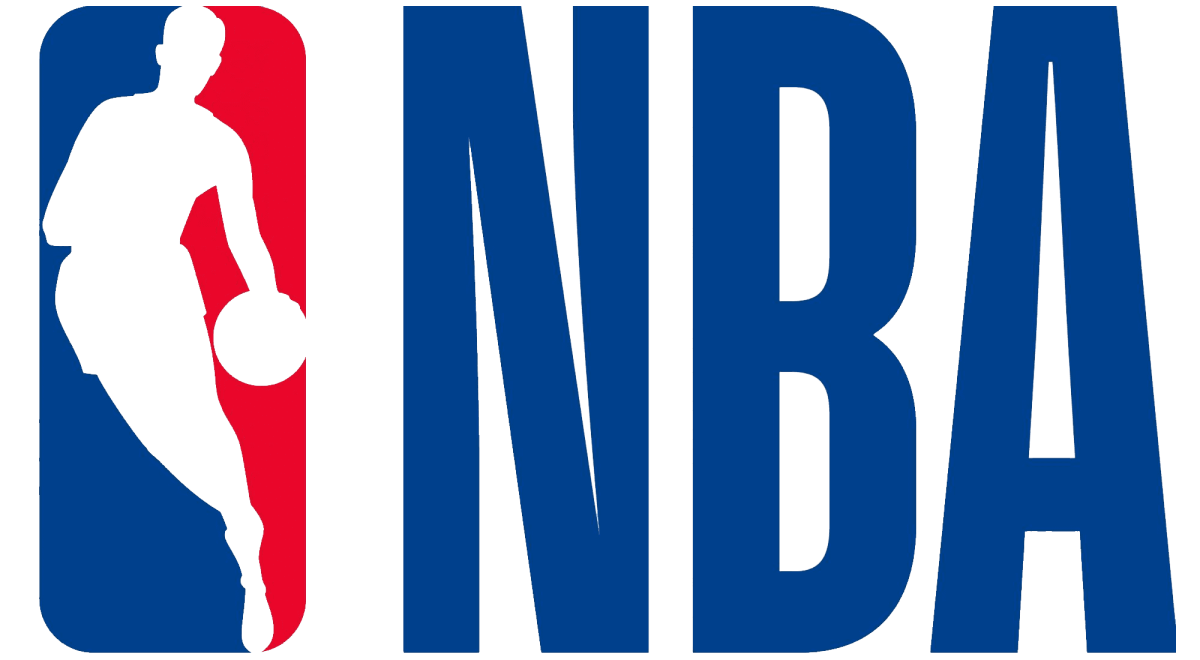


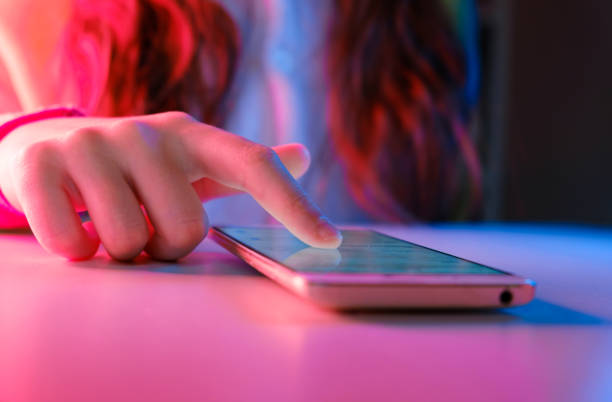
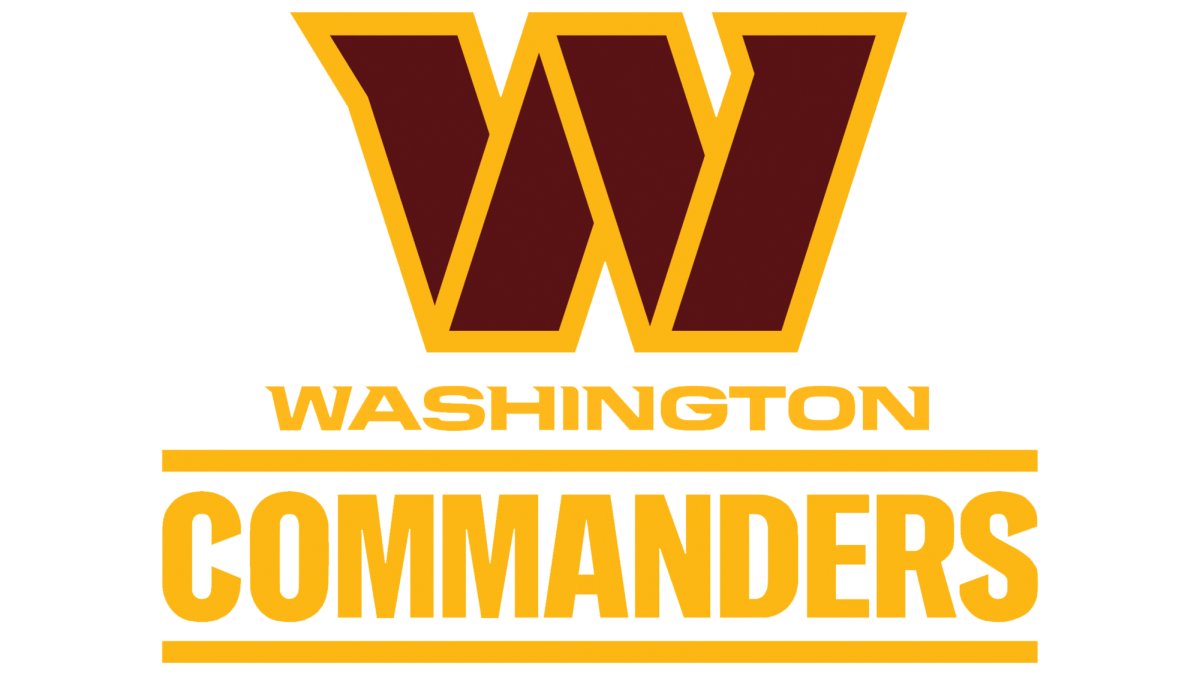
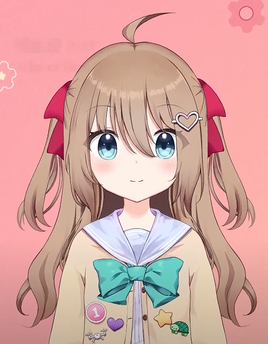
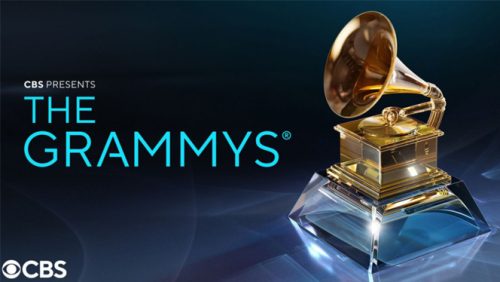
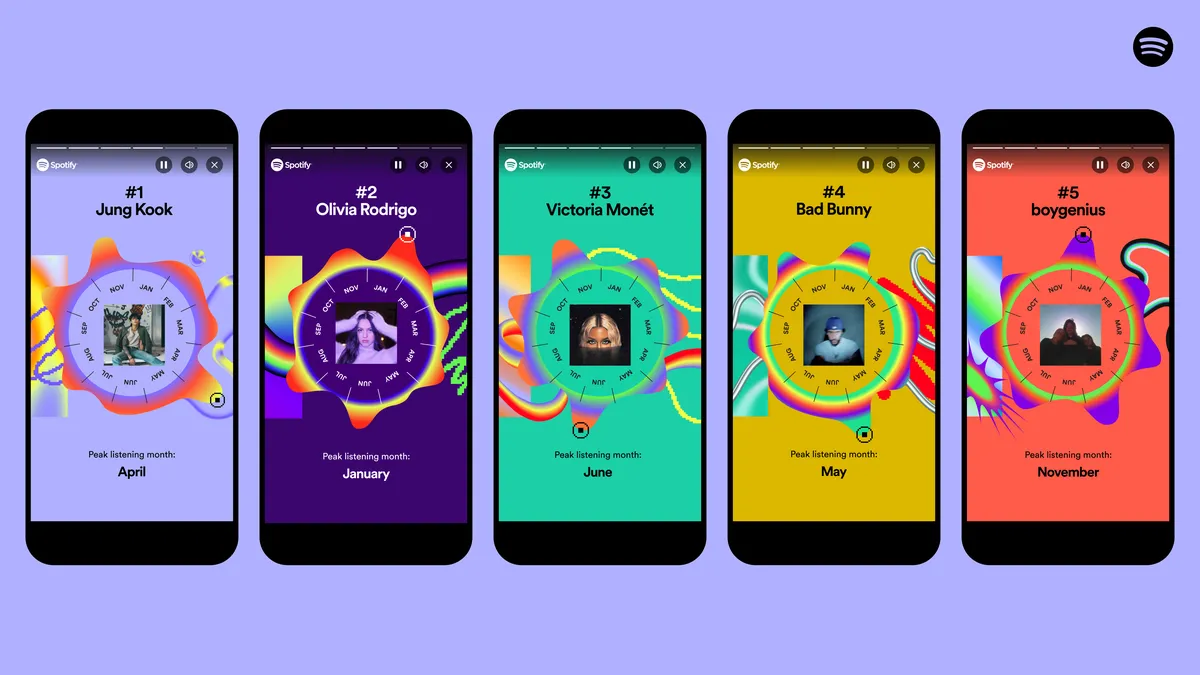
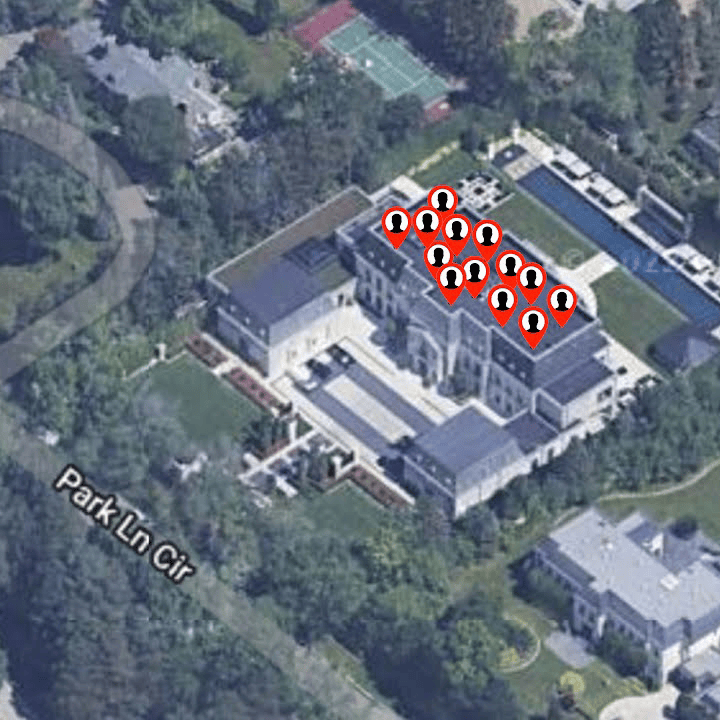
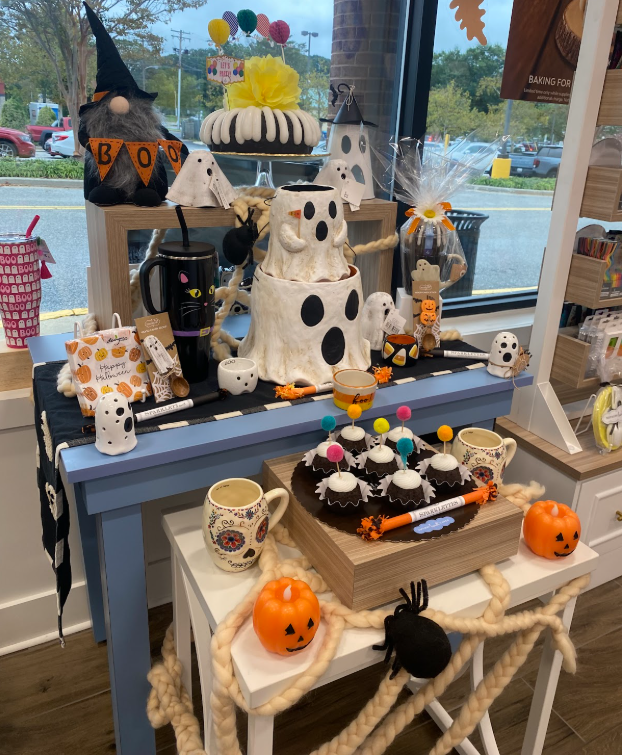


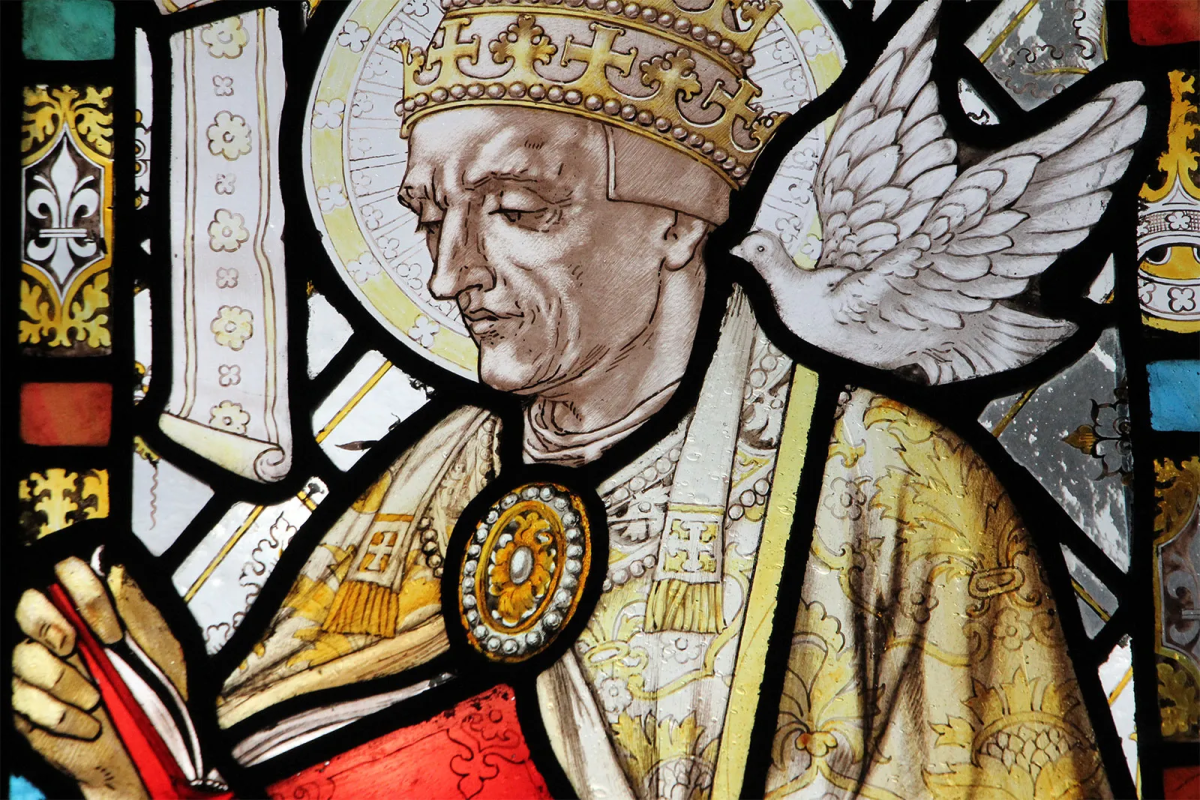
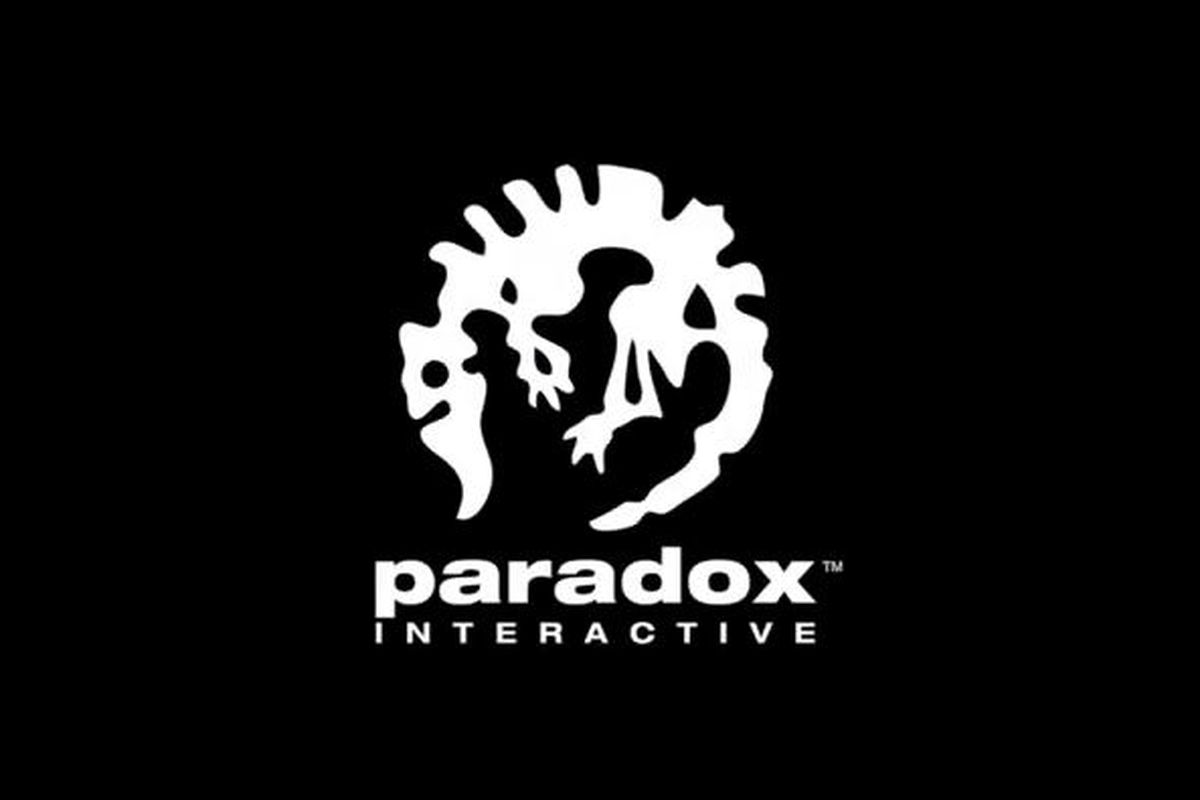
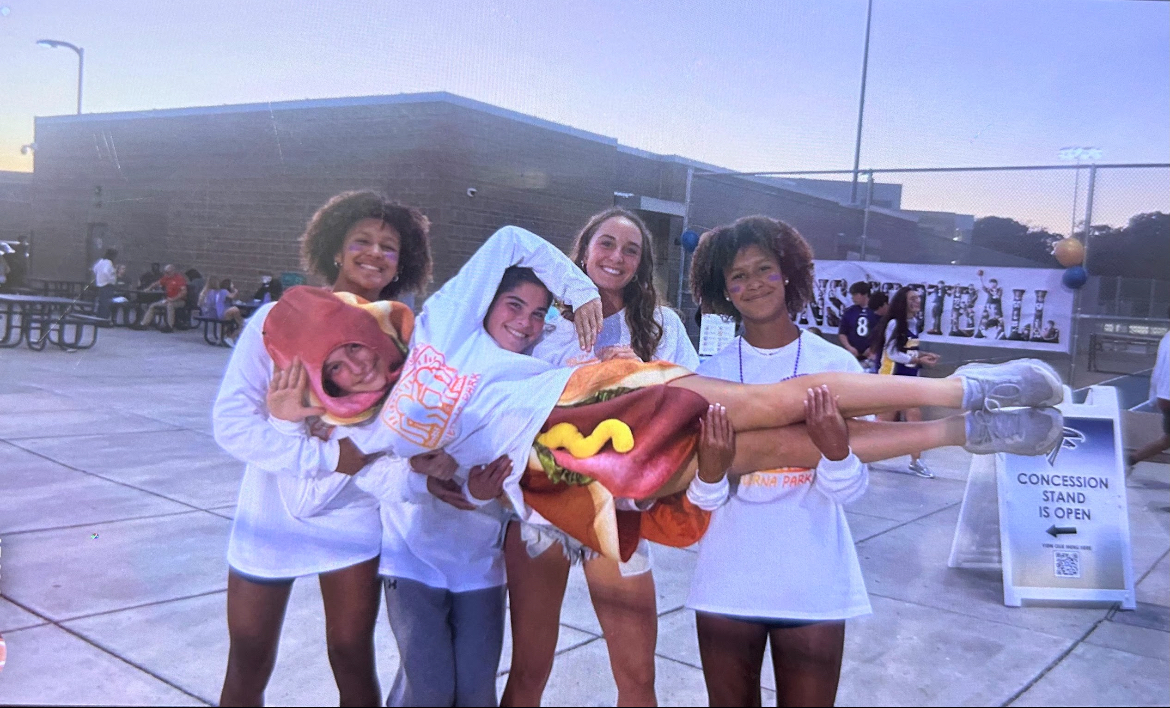
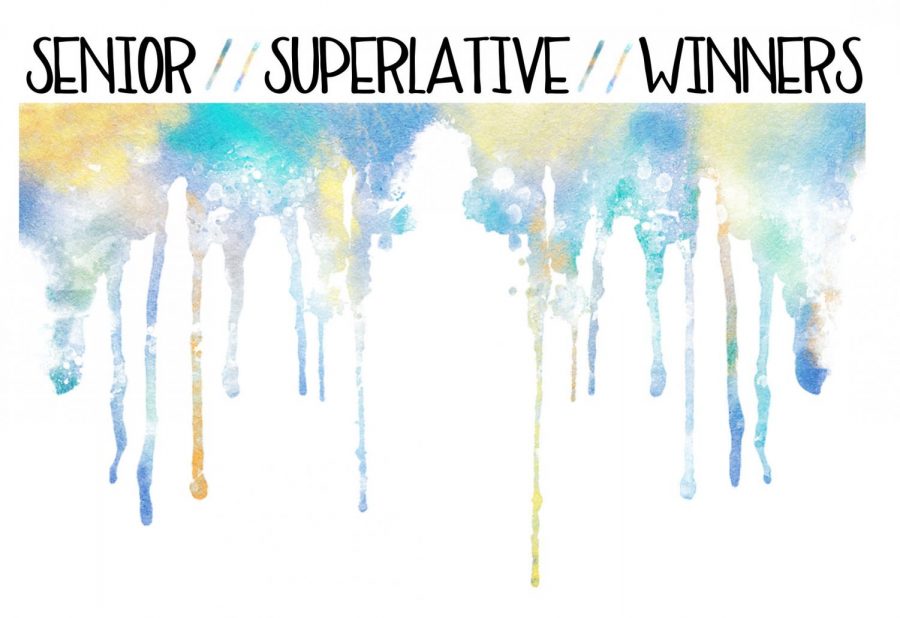
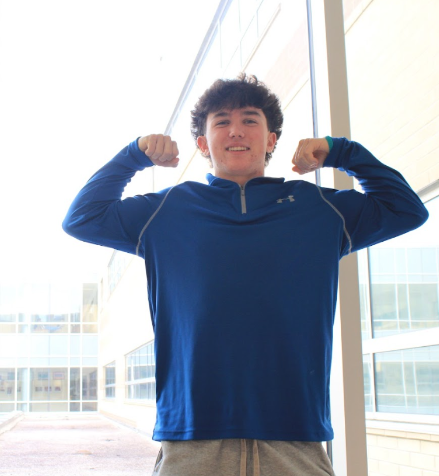
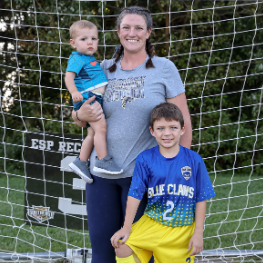
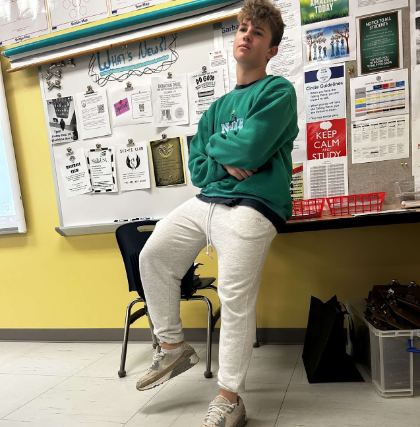
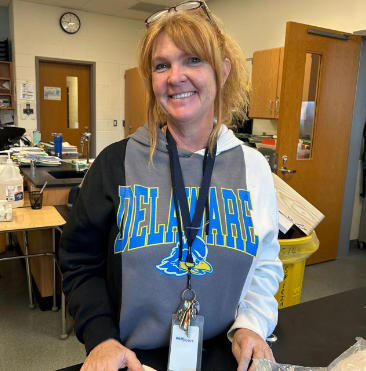
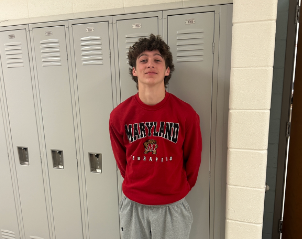
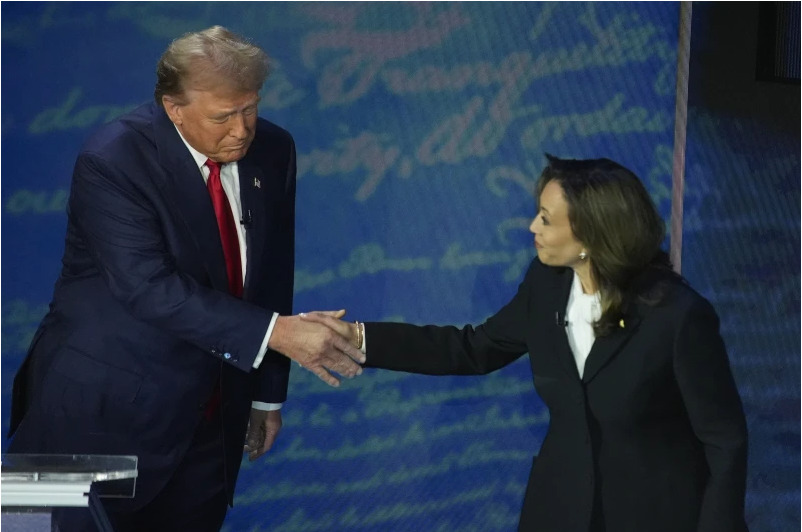

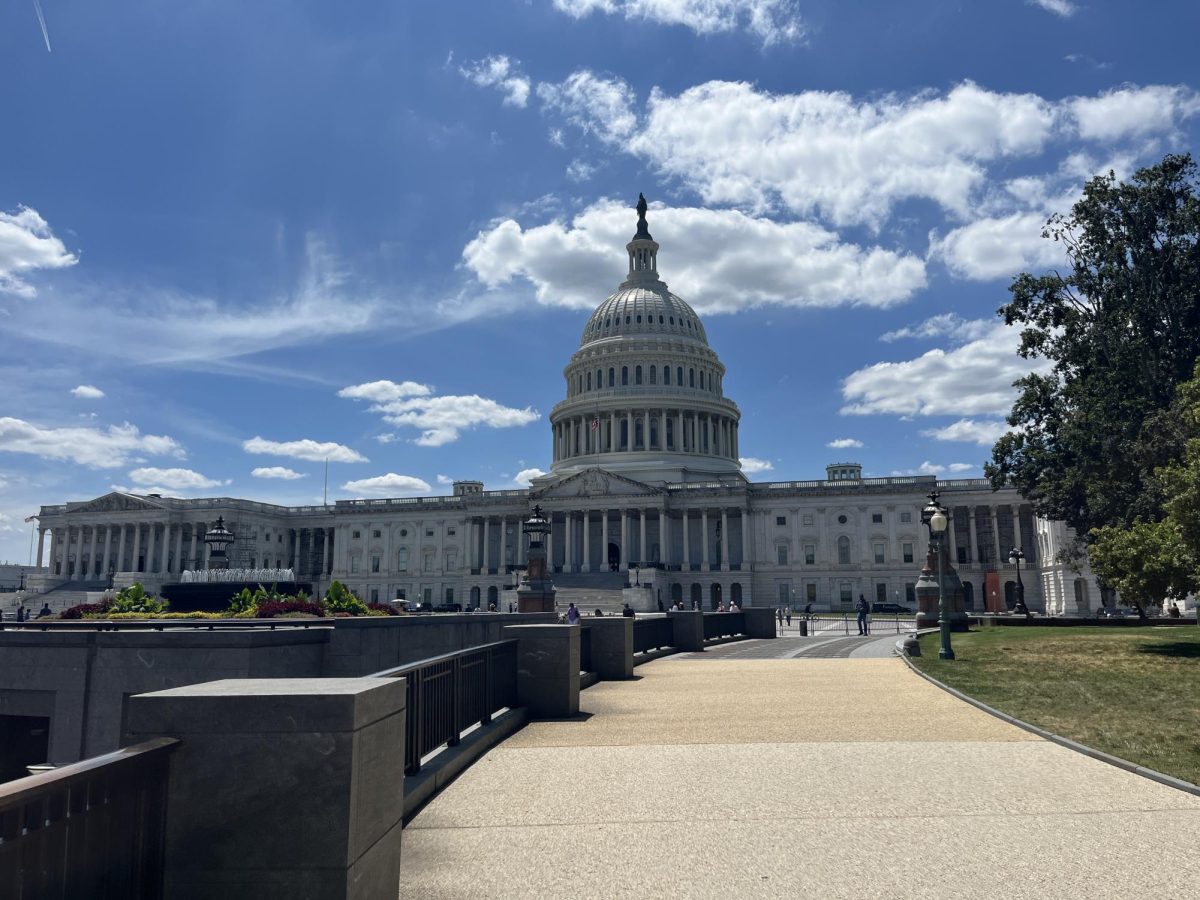
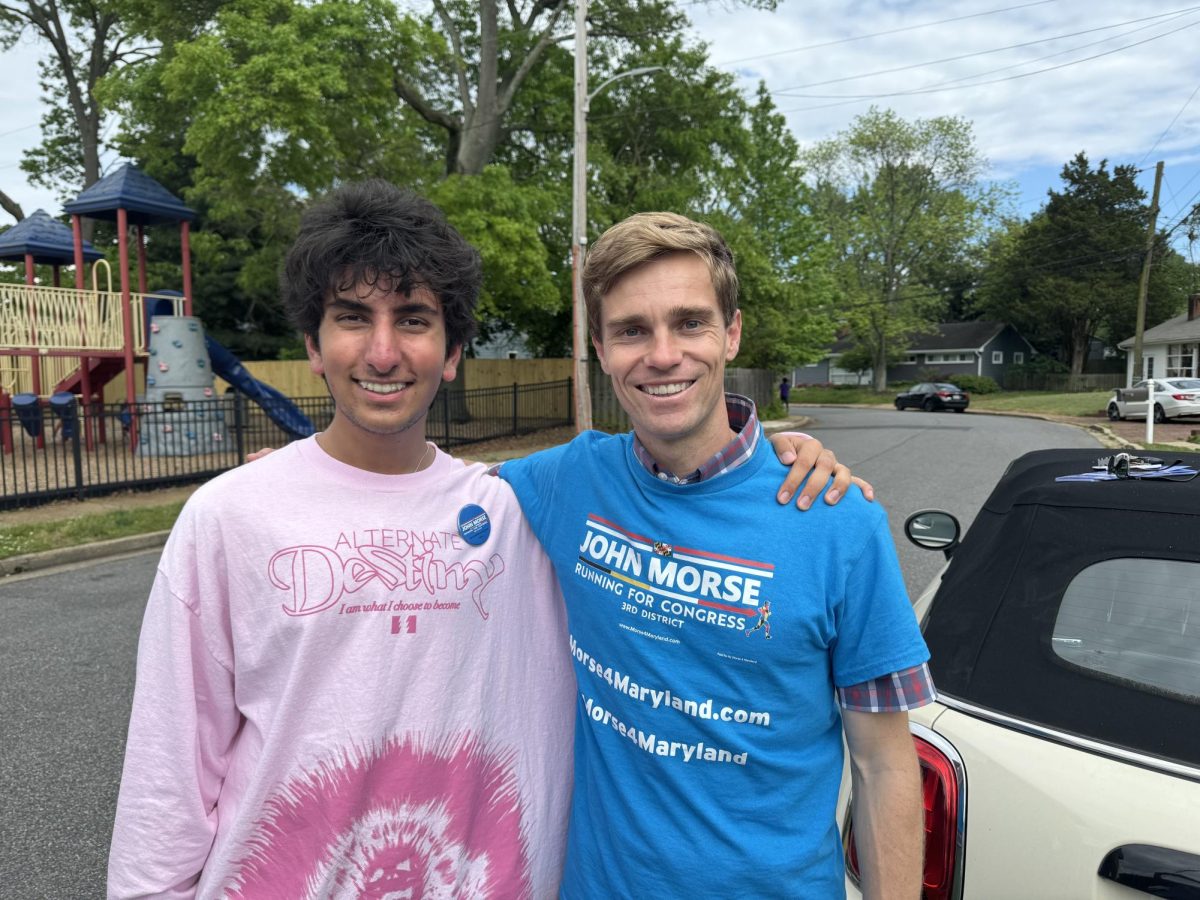
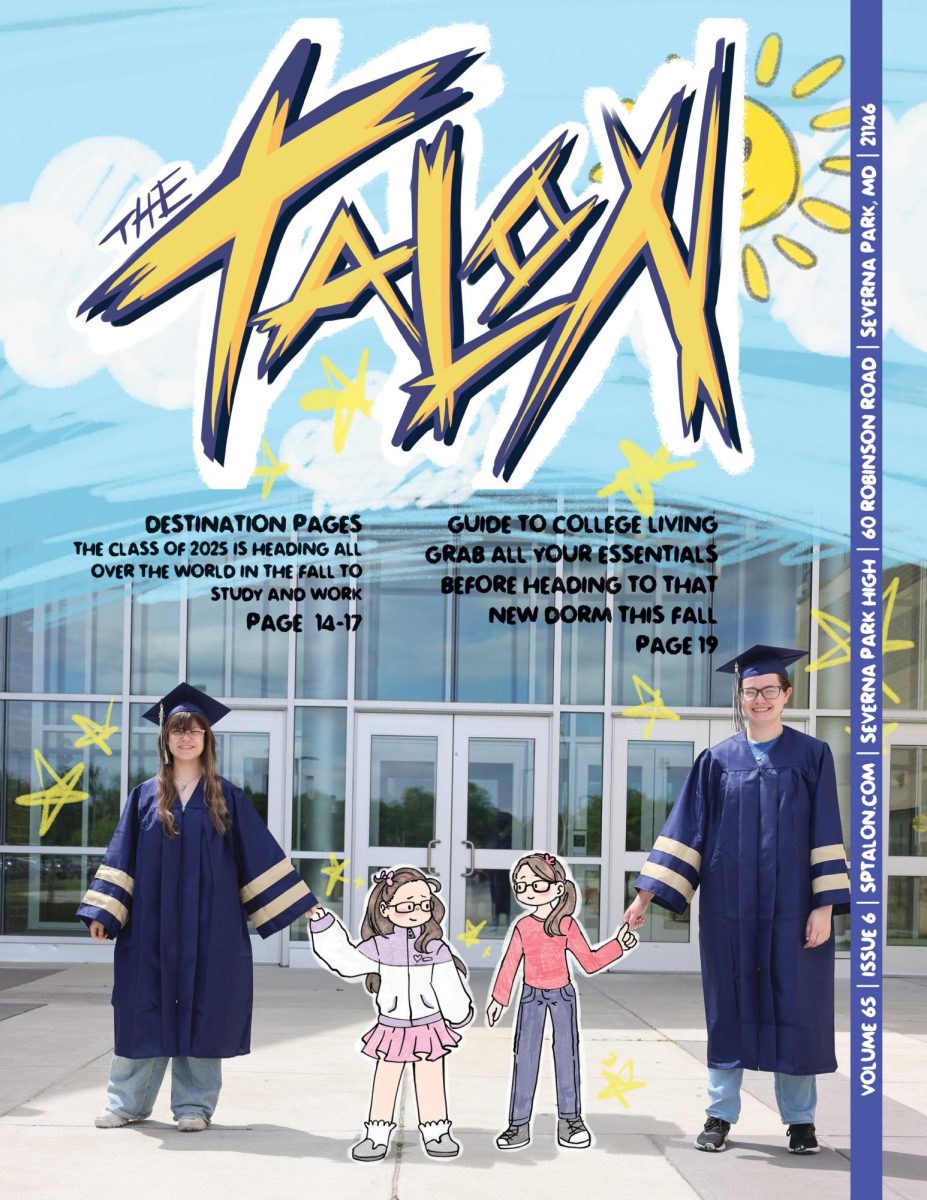
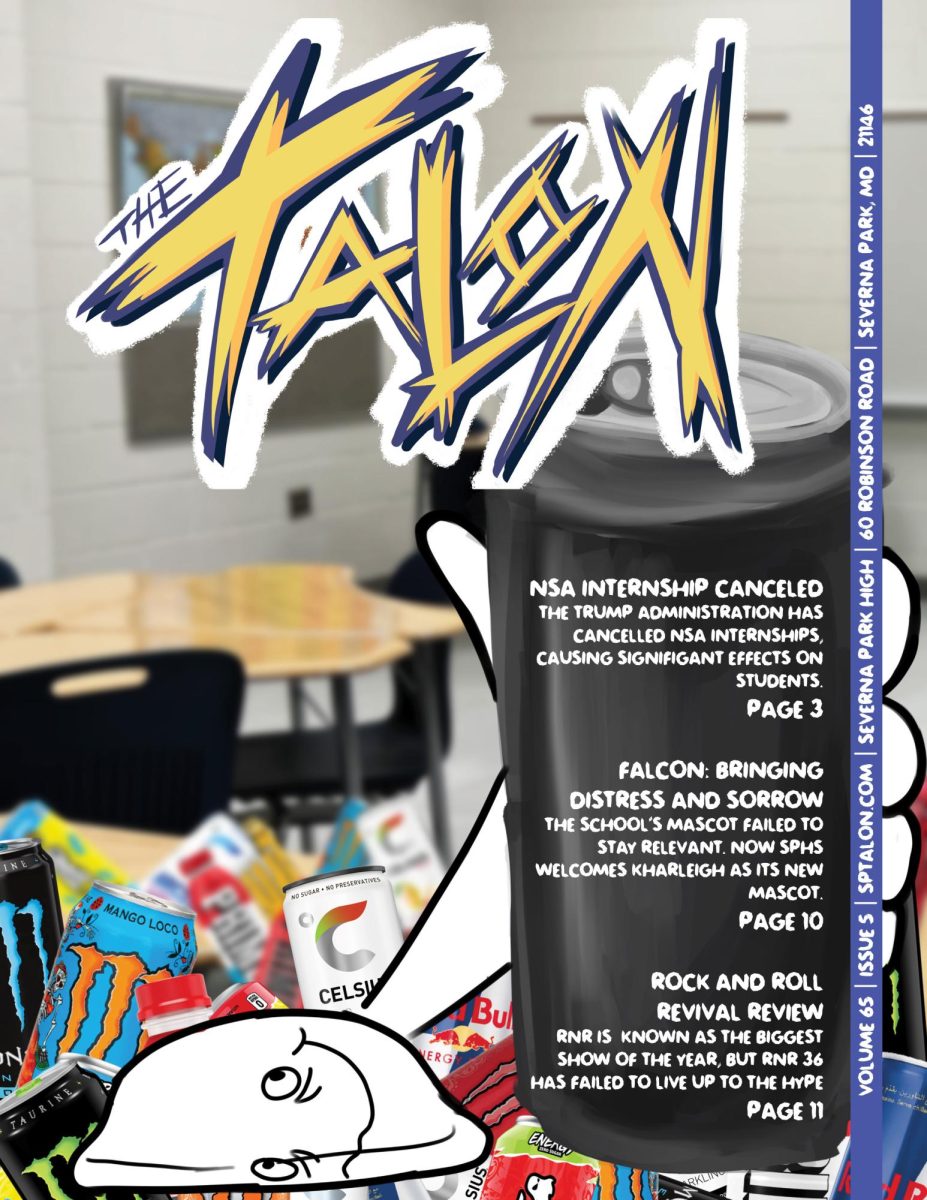
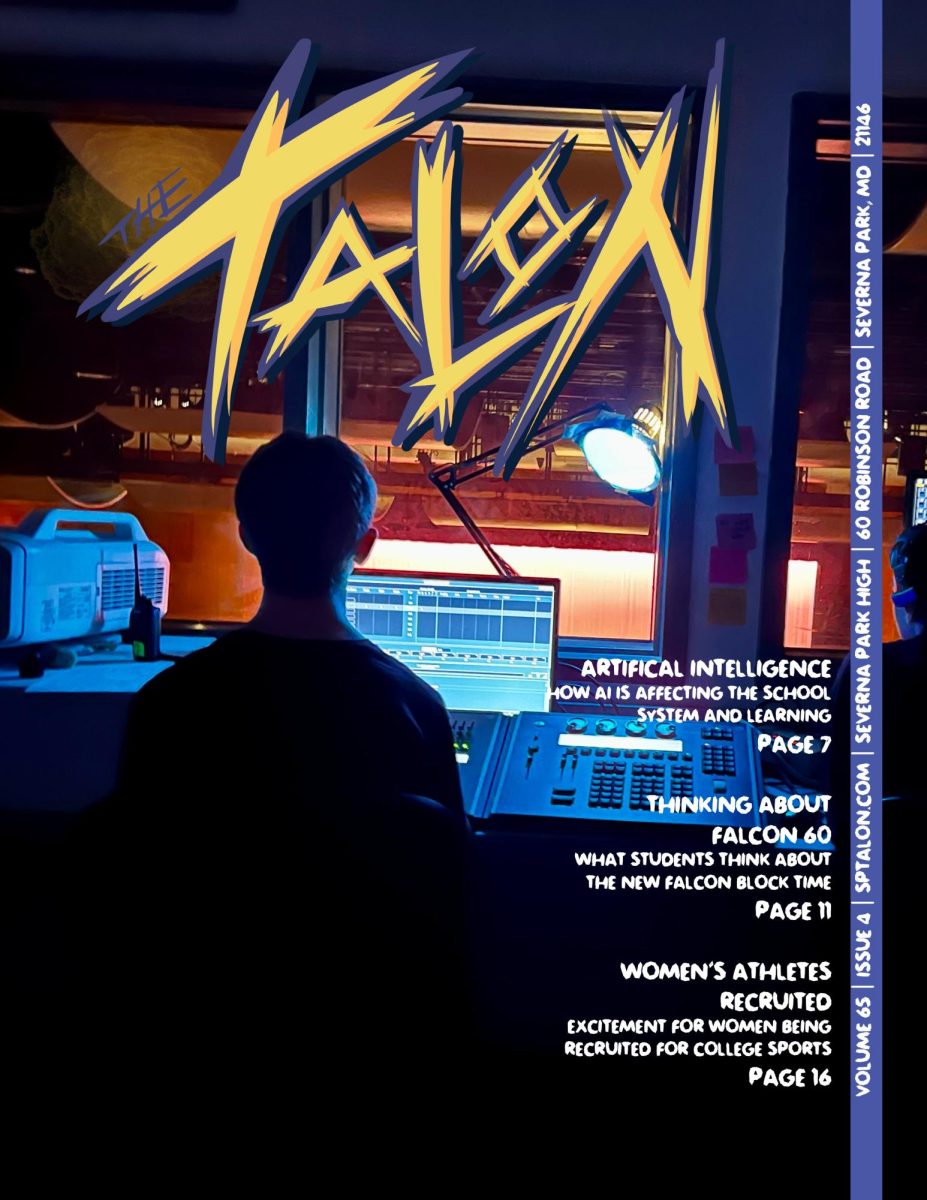
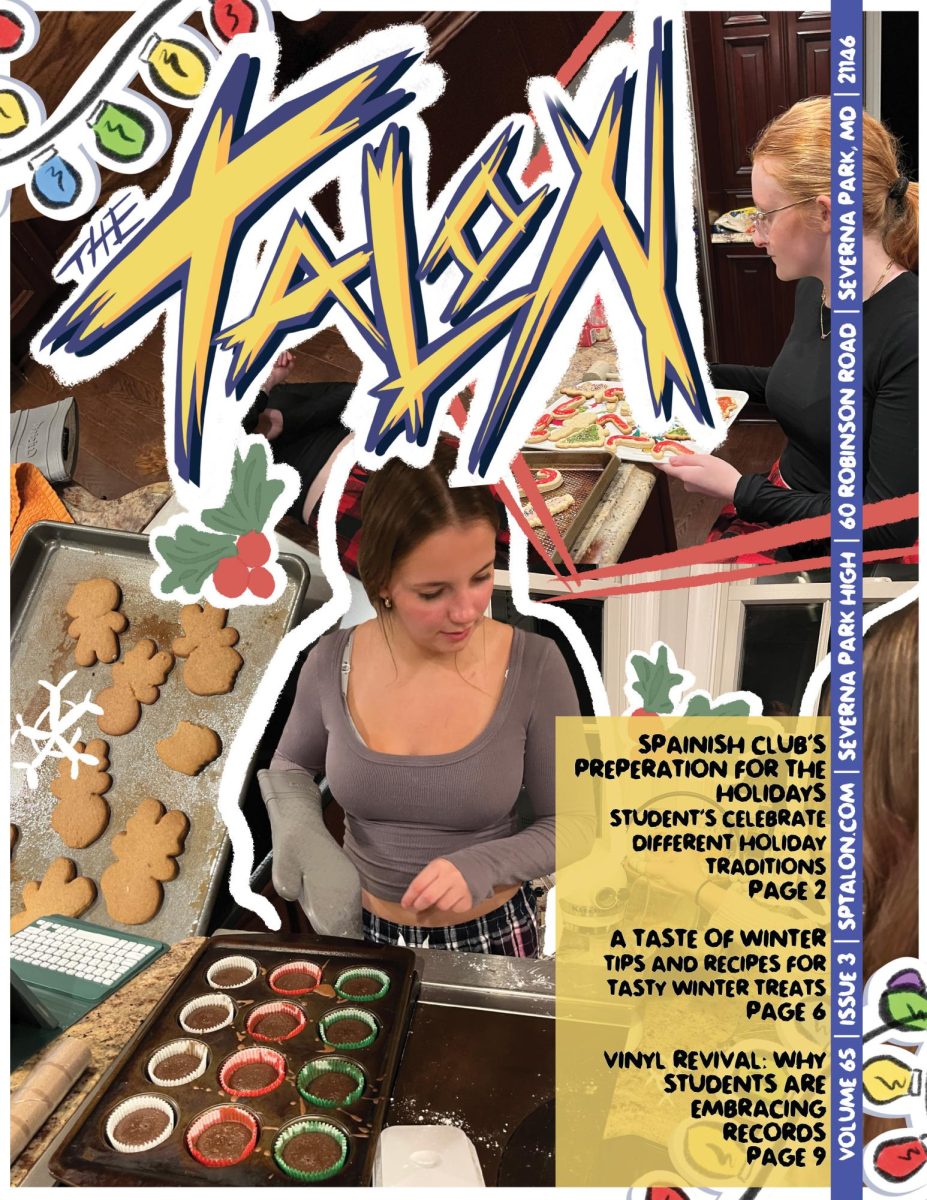
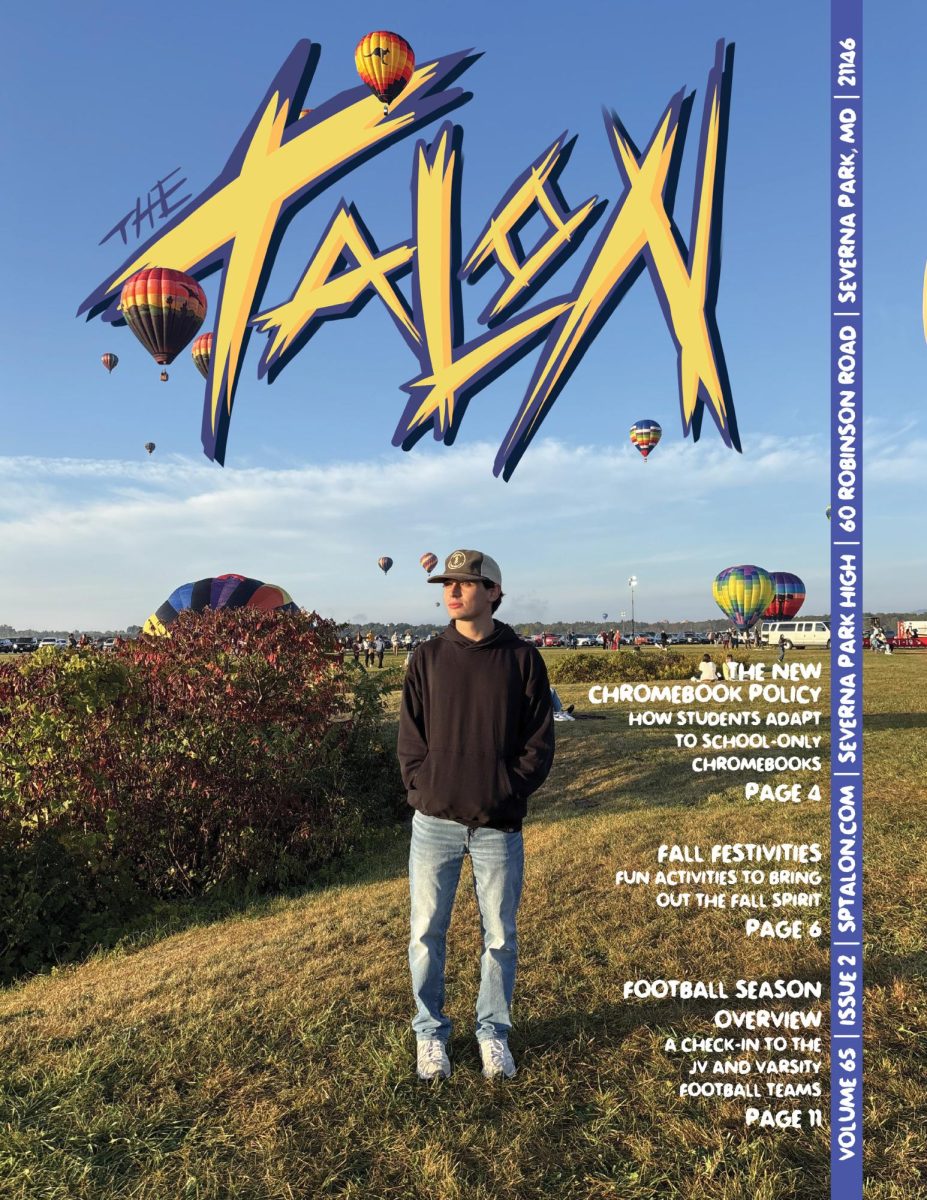


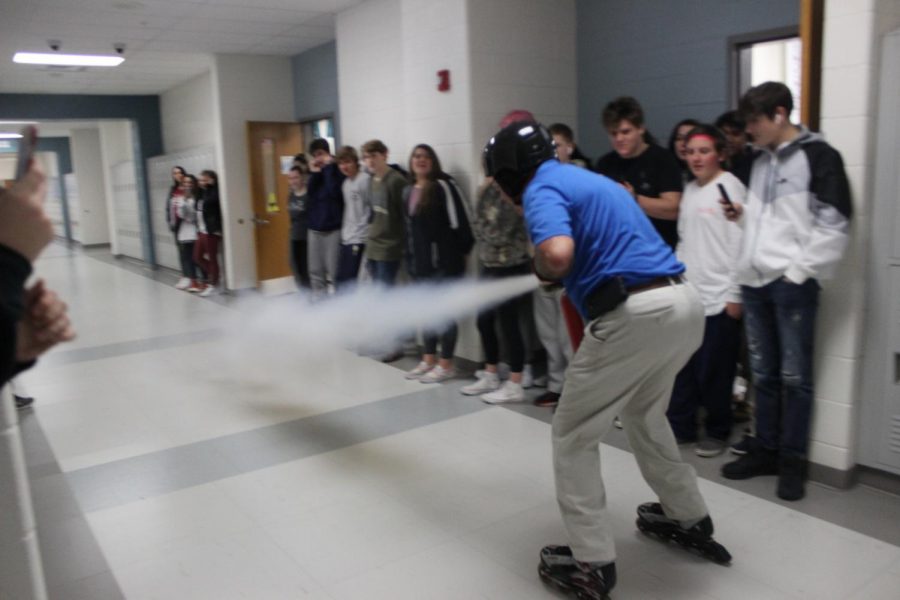
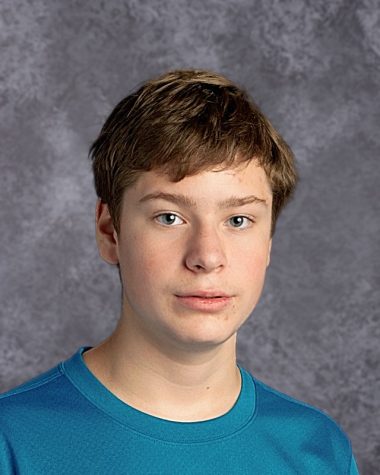
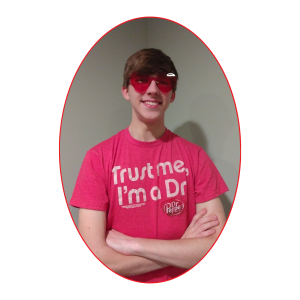
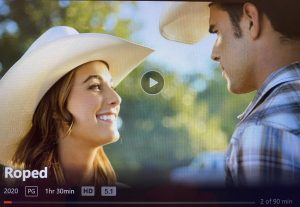
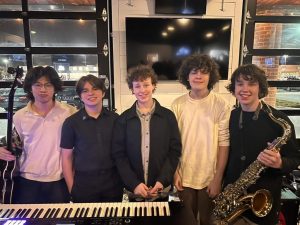

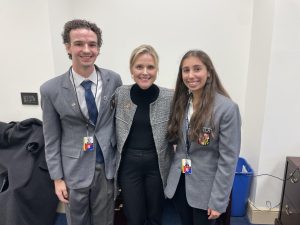

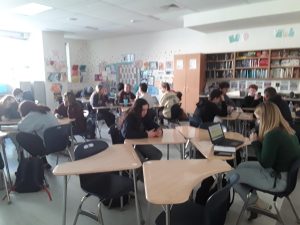

Mr. & mrs. Gaver • Nov 16, 2020 at 8:18 pm
It’s nice of the school to give students the opportunity to express their skills in writing. We are impressed with the quality of the report.